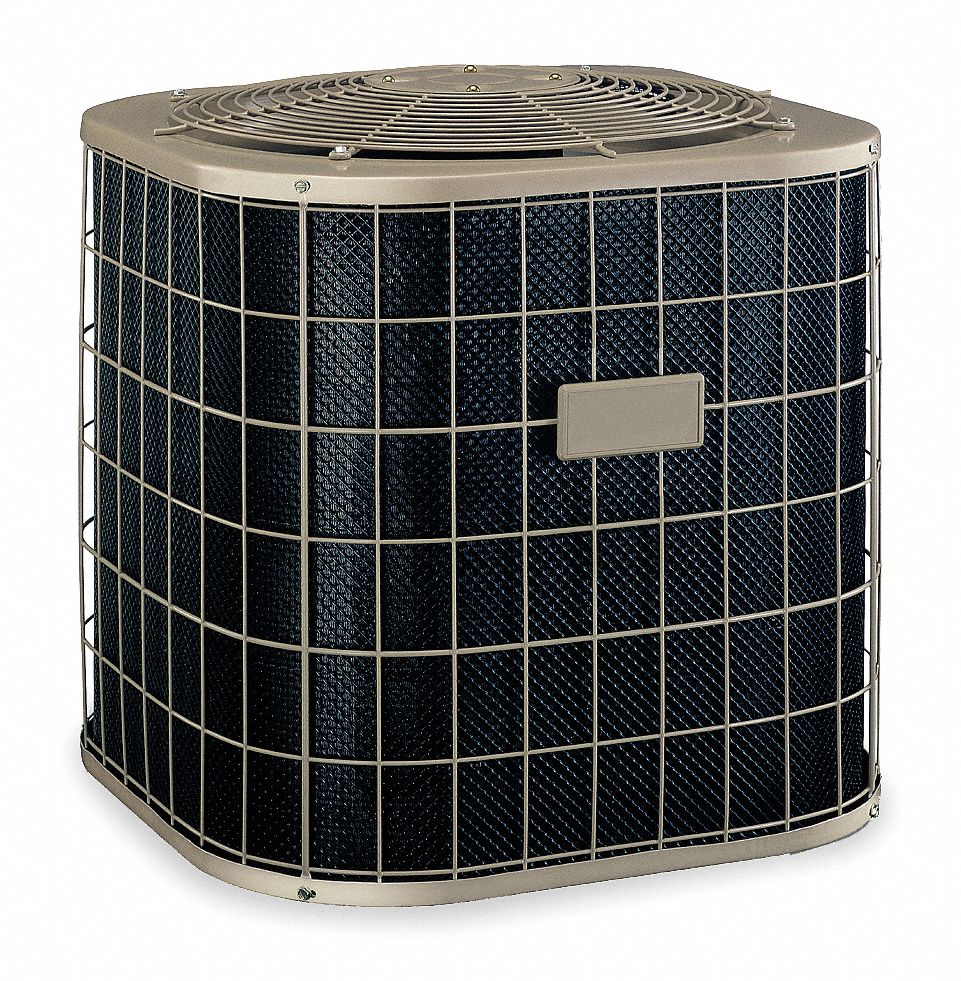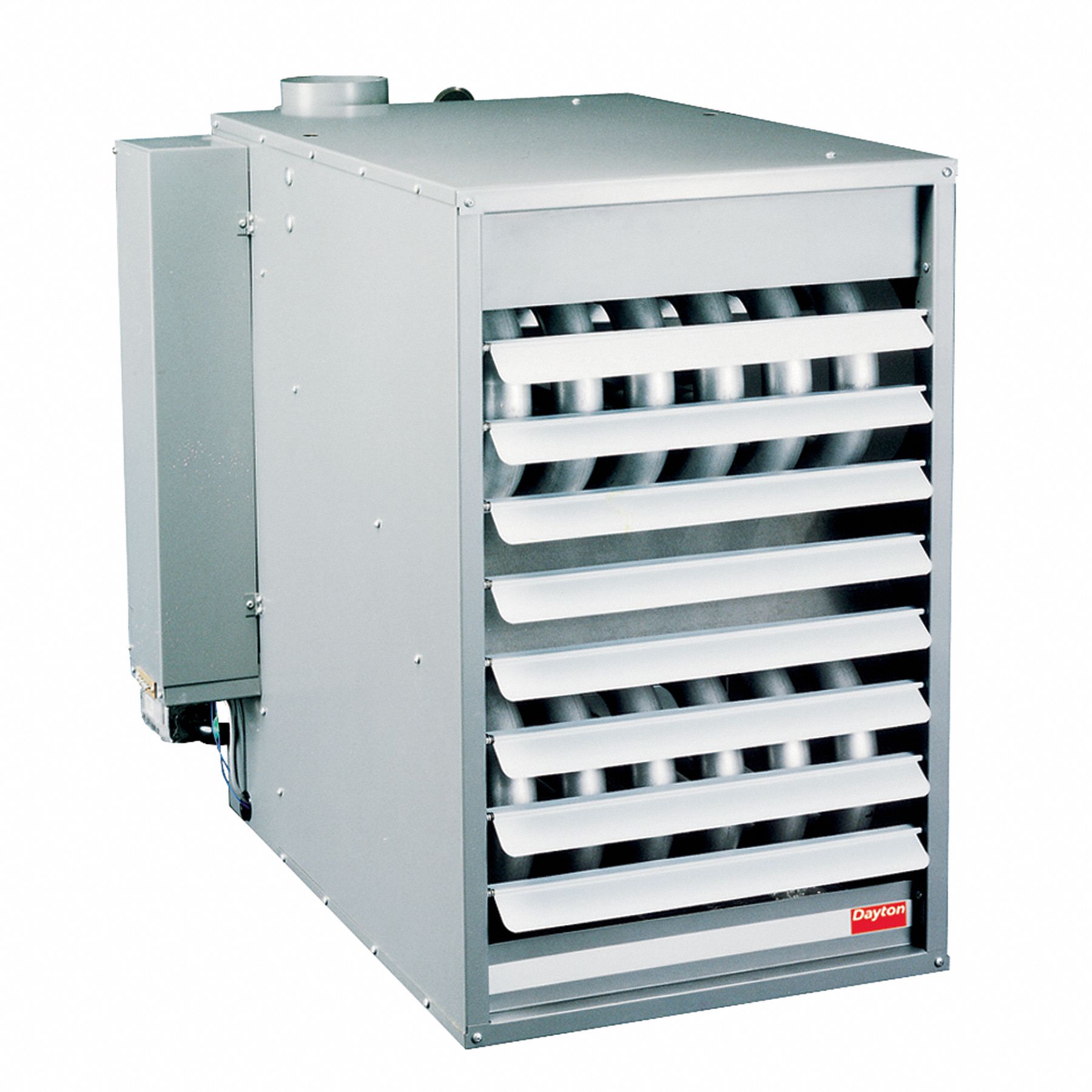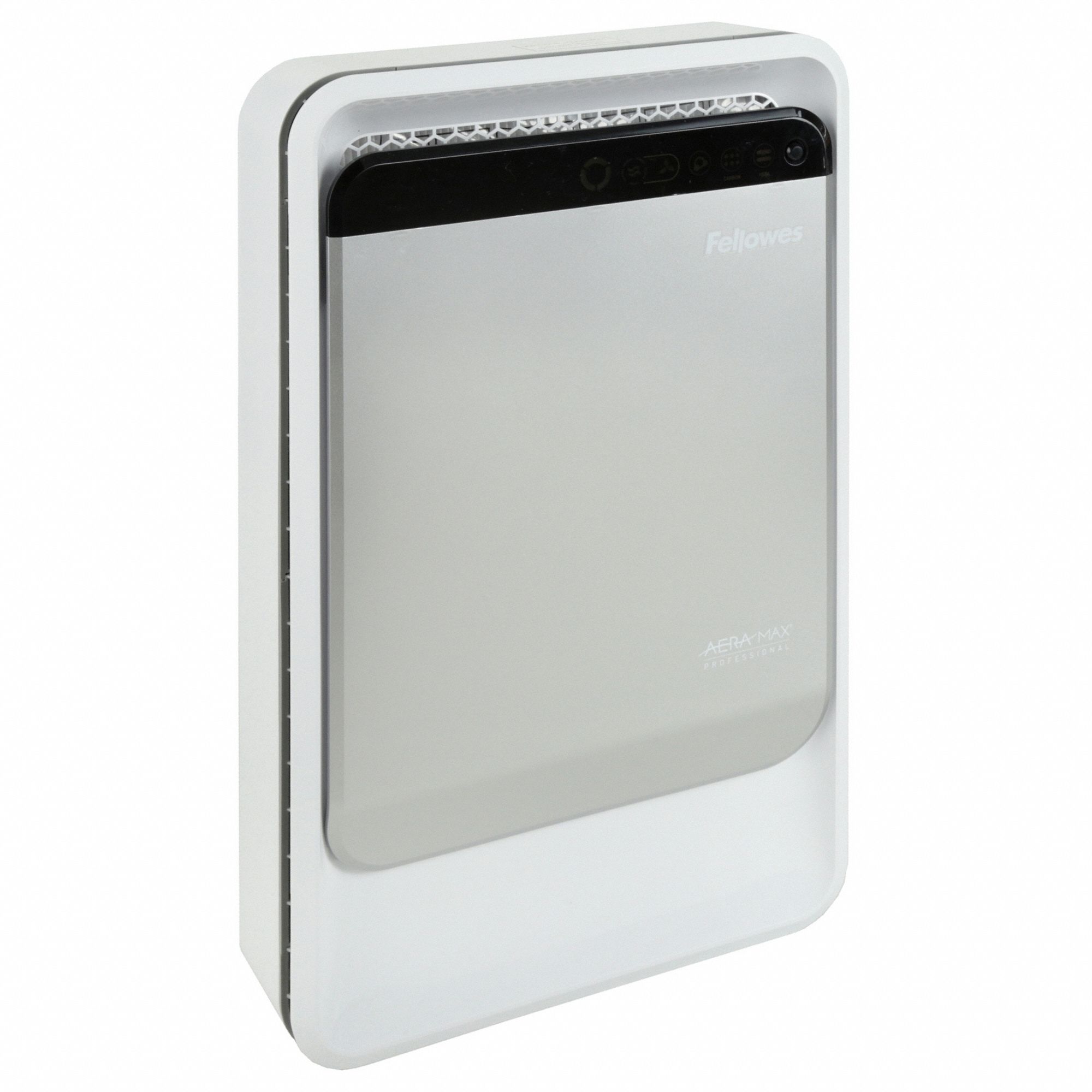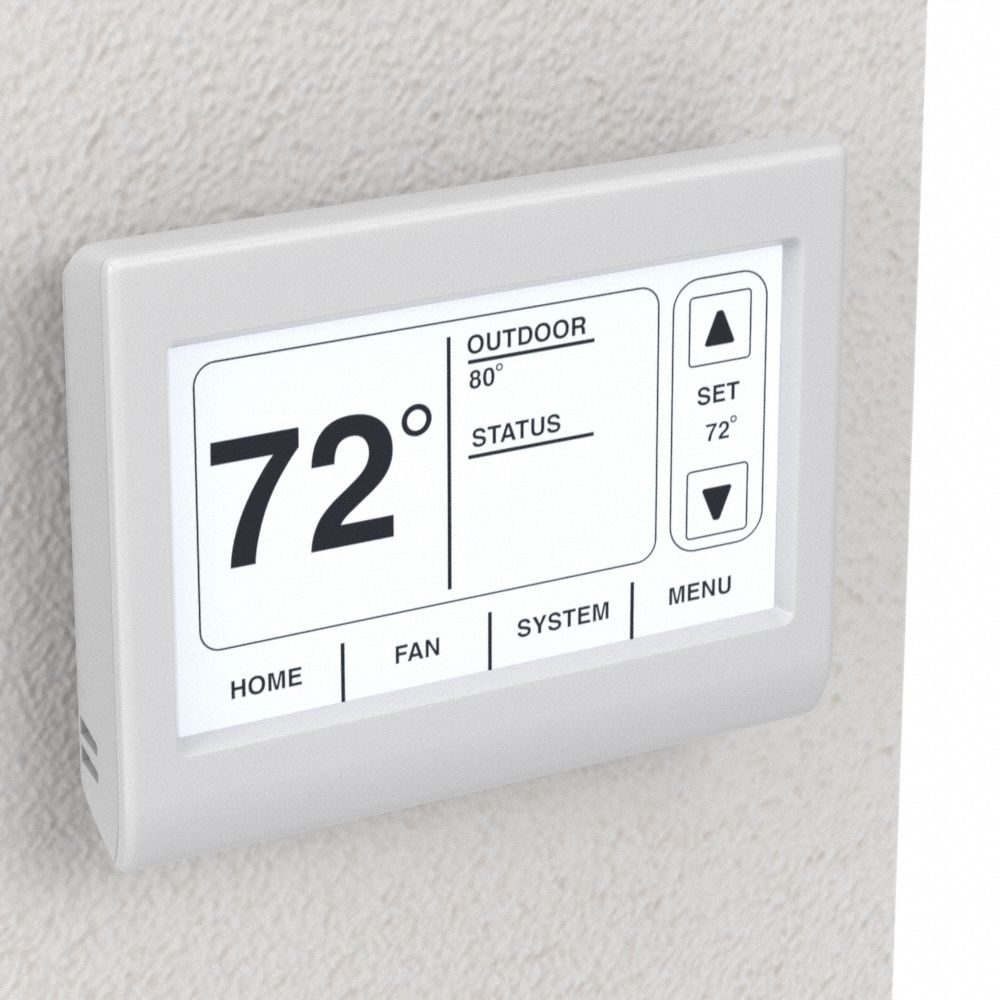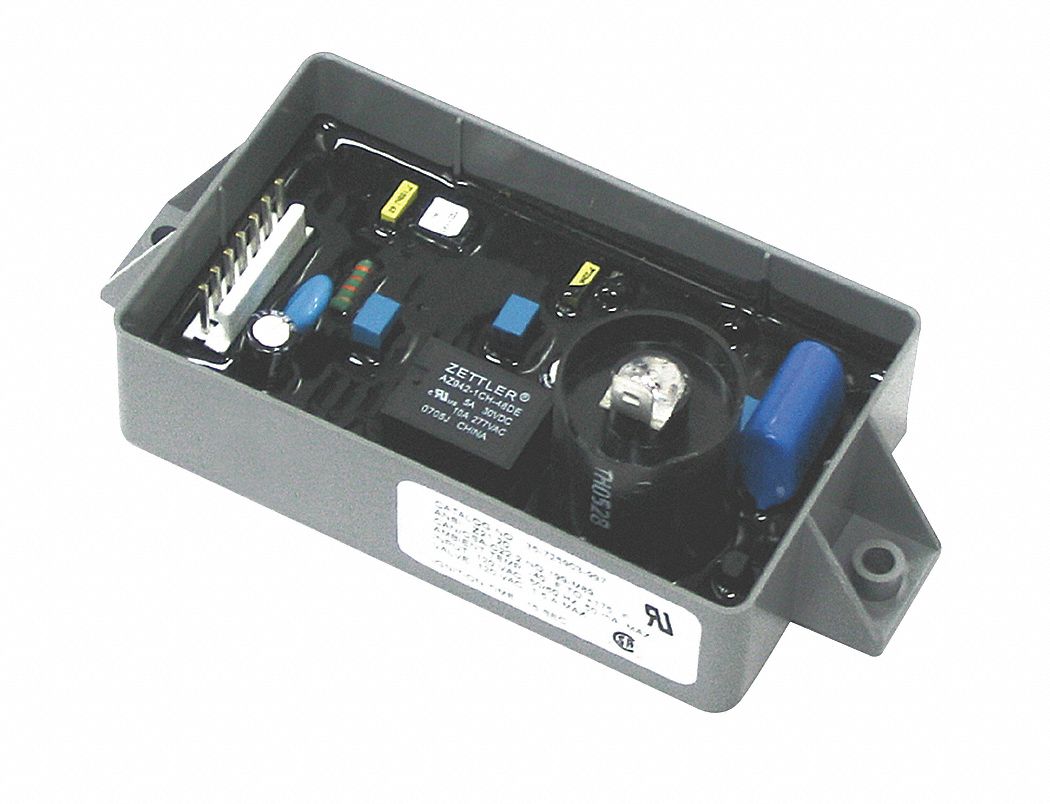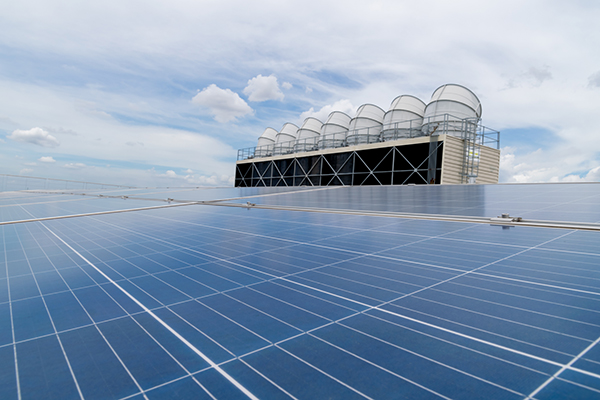

How the HVAC Industry is Evolving for Sustainability
By Grainger Editorial Staff 3/2/23


Heating, ventilation and air conditioning (HVAC) systems are essential in maintaining comfortable indoor environments. However, these systems are among the largest energy users in commerical buildings, according to the U.S. Energy Information Administration, making them a key target for reaching energy-efficiency goals. From energy efficiency regulations, initiatives and new green technologies ushering in the next generation of energy-efficient appliances and systems, these are the key drivers helping make the HVAC industry more sustainable.
Energy Efficiency Regulations and Initiatives
Legislation like the 2022 Inflation Reduction Act is helping accelerate the transition within the HVAC industry to renewable energy through regulatory changes and financial incentives designed to make energy-efficient purchases more affordable and clean energy and electric equipment more available. The U.S. Department of Energy (DOE) Better Energy, Emissions, and Equity (E3 Initiative) is focused on deploying clean heating and cooling systems, including advanced water heaters, heat pumps, environmentally friendly refrigerants and smarter HVAC diagnostic tools for residential and commercial buildings. Additionally, the DOE Cold Climate Heat Pump Program launched in 2021 is helping reduce the carbon footprint by improving the efficiency and affordability of electric heating equipment.
In 2023, new Seasonal Energy Efficiency Ratio (SEER) ratings took effect, changing the standard efficiency of the HVAC equipment that can be sold and installed in the U.S., according to Forbes. As of 2023, new air conditioners sold in the U.S. must have a minimum SEER of 14 in the northern states and 15 in the southern states.
Increasing Sustainability in the HVAC Industry
New building codes, policies and regulations are driving commercial and industrial buildings to switch to more environmentally friendly heating and cooling systems. Greater access to renewable energy and sustainable technologies makes it easier for companies to switch to green alternatives and more environmentally friendly HVAC practices. The following equipment, systems and technology are central to that evolution.
Energy-Efficient Appliances and Equipment
Products that earn the U.S. Department of Energy’s Energy Star label are independently certified to help save energy and protect the climate. According to Energy Star, certified light commercial HVAC equipment is about 6% more efficient than standard equipment. Additionally, properly sized equipment can help significantly reduce equipment wear, pollution and lower energy costs. Energy Star estimates that energy savings would be more than $3 billion per year, and 125 billion pounds of greenhouse gas emissions could be saved, if all commercial HVAC products in the U.S. met the requirements.
Ductless Mini-Split Systems
Ductless mini-split air conditioners are growing in popularity because of their small size and flexible cooling capacity. Mini-split systems use an outdoor compressor that connects with an indoor air handler mounted to an exterior wall. Ductless mini-split air conditioners are more energy-efficient than standard HVAC units since they can split buildings into different zones for cooling. According to the DOE, their ductless design helps prevent the 30% energy loss from common flaws in ductwork in central forced air systems.
Heat Pumps
Heat pumps use electricity to heat and cool buildings by transferring heat instead of generating it. Unlike water heaters and furnaces, which use natural gas and heating oil, directly emitting CO2, heat pumps offer an energy-efficient alternative. Advances in heat pump technology have increased their overall energy efficiency in space and water heating in colder climates. Many heat pumps are also reversible and can heat or cool based on seasonal needs. Switching to an efficient electric heat pump can help building owners move towards a zero-carbon system. For example, according to the DOE, air-source heat pumps can cut a building’s electrical usage for heating in half compared to standard heating methods.
Hydronic/Geothermal Heating and Cooling Systems
The HVAC industry is seeing rapid growth in geothermal hydronic systems from new products, technology and the push for net-zero carbon emissions in new construction and retrofit projects. Hydronic systems are heating systems that heat or cool a building by circulating water through pipes. Geothermal systems use underground pipes to draw the natural heat Earth produces, helping reduce energy use. According to the Department of Energy, geothermal heat pumps pull heat from the ground through a series of buried pipes and can heat and cool buildings by using a heat exchanger and recirculation.
Safer Refrigerants
Some refrigerants used in commercial HVAC systems can have negative environmental consequences. Refrigeration technology once included corrosive and poisonous industrial gases like ammonia and sulfur dioxide to chlorofluorocarbons (CFCs) that could cause the Earth’s ozone layer to degrade. There’s been a growing effort in the HVAC industry to develop more environmentally friendly refrigerant alternatives. As part of the 2023 SEER regulations, HVAC.com notes refrigeration changes also took effect, moving the HVAC industry away from refrigerants like R-22 and toward more environmentally friendly refrigerants like R-410 that don’t damage the ozone layer. The new generation of refrigerants, known as hydrofluoroolefins (HFOs), are broken down in the atmosphere in just a few days instead of years, helping make commercial HVAC systems more sustainable.
Smart HVAC System Controls and Thermostats
Automated building sensors and networked lighting and control systems can run a building’s HVAC, lighting, and appliances helping to increase energy efficiency. Intelligent HVAC control systems use a variety of sensors to gauge temperature, humidity, indoor air quality (IAQ) and occupancy patterns to provide operational insights into energy consumption. Smart thermostats use pre-programmed comfort levels to adjust temperature settings to meet changing demands. These thermostats can automatically switch off an HVAC system when it isn’t needed and adjust temperatures based on weather and a building’s occupancy patterns, helping reduce carbon emissions while maintaining a comfortable environment. System components can also be tracked and controlled through a central platform or a remote app providing a more connected approach to managing heating, cooling and indoor air quality.
Solar-Powered HVAC units
Solar-powered HVAC units use solar panels to collect and convert energy from the sun into power, significantly reducing carbon emissions. The solar power goes directly into the HVAC unit or is stored in a battery until needed. Insights for Professionals (IFP) notes solar-powered HVAC units run on direct current (DC), alternating current (AC) or hybrid technologies.
UV-C Disinfection for Improved Indoor Air Quality (IAQ)
The global pandemic created a demand for HVAC systems that can remove contaminants and viruses from the air, helping prevent the spread of some diseases. In many cases, an HVAC system can be turned into an air cleaner using antimicrobial air filters and UV bulbs to help remove viruses and bacteria as they circulate air through a building. According to HPAC Engineering, layering air cleaning technologies, such as UV-C disinfection and medium efficiency filters (MERV 8), can help building managers meet or exceed federal indoor air quality recommendations without limiting airflow or impacting HVAC system operation. HPAC Engineering also notes UV-C technology can improve energy efficiency and HVAC performance while also reducing maintenance costs.
Embracing Green HVAC Technology
Reaching global sustainability and energy efficiency goals requires strategic planning and investments into systems and technologies that can help reduce climate change. As a result of new HVAC regulations, facility managers may be considering purchasing new equipment or retrofitting their systems to meet new efficiency standards. While the benefits of green heating and cooling options can vary significantly among regions, researching sustainable HVAC options can help determine the best solutions for your needs.
The information contained in this article is intended for general information purposes only and is based on information available as of the initial date of publication. No representation is made that the information or references are complete or remain current. This article is not a substitute for review of current applicable government regulations, industry standards, or other standards specific to your business and/or activities and should not be construed as legal advice or opinion. Readers with specific questions should refer to the applicable standards or consult with an attorney.

